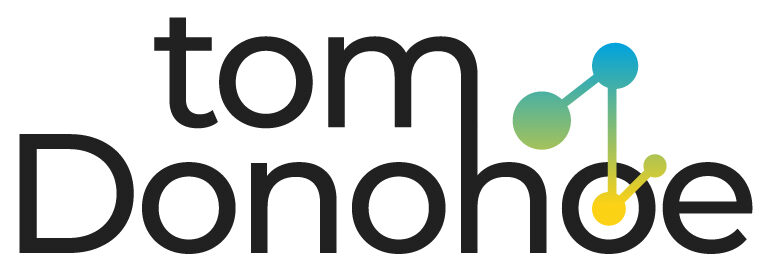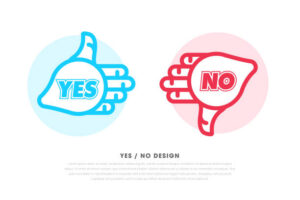How to Craft a Winning Marketing Proposal

In a sea of competing offers, convincing new clients that your marketing services are worth signing up for can be difficult.
Marketing is a non-tangible service. To convince potential clients to choose your company, you need a strategic approach that provides value.
You will need to create a strong marketing proposal.
The art of creating an effective marketing proposal will help you win lucrative clients and boost your business sales. You can reuse the same suggestion repeatedly once you have mastered it. This will save you countless hours in creating new ones from scratch.
Learn how to create a proposal to attract new clients like bees towards a honeypot.
What is a marketing proposal?
A marketing proposal outlines the marketing strategy, tactics, and deliverables you propose for a specific client or project.
This is a great way to convince potential clients to hire you. Your marketing proposal can help you achieve this by showing that you understand their industry, business, and target audience and demonstrating your experience and expertise in creating successful marketing campaigns.
A well-crafted proposal can help you gain new clients, build long-term relationships, and grow your company – while showing clients why they should work with your agency over the competition.
What are the components of a marketing proposal?
Your marketing proposal should be a precise communication method to win the marketing phase conversion. Demonstrate why prospects should hire you and what you intend to do to grow their businesses.
To achieve this, critical elements of a marketing plan include:
Executive Summary A short overview of your proposal, outlining the main points of your marketing plan and how it will benefit the client.
Situation Analyse: An in-depth analysis of the client’s industry, business, target audience, and competition. This shows that you understand your prospects’ needs and challenges.
Objectives: Clear and measurable goals the marketing strategy proposes to achieve, such as brand awareness, lead generation, or sales growth.
Strategy A detailed marketing plan outlining the channels, tactics, and messages to achieve stated objectives.
Pricing Options and Payment Options: An overview of the costs of implementing a marketing strategy. This includes any fees, production costs, media costs, and other costs.
Timeline A detailed schedule outlining the proposed marketing campaign timeline, including milestones, deliverables, and deadlines.
Metrics The metrics you’ll use to gauge the success of a marketing campaign, such as website traffic or conversion rates.
Conclusion Summary of the proposal, highlighting the benefits of your proposed marketing strategy.
These components can be relatively simple and do not require an in-depth explanation.
We will also examine some of the details in greater detail to assist you with creating an effective marketing proposal.
How to perform a situation analysis
As mentioned, you must demonstrate that you understand your prospects’ business, industry, audience, and competition.
You must first perform a scenario analysis to determine the current state of the business and its challenges. Research the company, including its mission, values, and products. Determine the client’s USP (unique selling proposition) and competitive advantage.
Research the market and industry to identify the challenges and opportunities. Identify your target audience and its demographics, psychographics, and buying habits.
Analyze the marketing strategies and strengths and weaknesses of your client’s competitors. Identify any gaps that your prospective client can fill in the market.
Consider the pain points of your prospects. This is the problem with their current marketing strategies that must be fixed. They may not even be aware of the issues.
Inconsistent messaging is one example of a problem. Consistent messaging in different marketing channels can lead to clarity and brand recognition issues. This problem can be solved by developing a messaging platform aligned with a brand’s values, mission, and value proposition.
It’s essential to understand what you are currently doing. Please review the current marketing efforts, including their website, social profiles, advertising campaigns, and content marketing. What’s working?
How to set clear objectives
After you have completed your research and determined the current situation, you can start to define the specific and measurable objectives that will be included in your marketing proposal.
Examples of clear marketing objectives include
Brand awareness among females aged 20-35 will increase by 20%.
Email marketing can increase open rates by 10 percent.
Produce 20 new leads each month.
These objectives must be specific, measurable, and attainable. They should also be relevant and time-bound. Included in a proposal, clear objectives can align marketing strategies with business goals, create a roadmap for success and help track results and progress over time.
Develop a social media campaign that includes engaging visuals, ads targeted to this demographic, and influencer partnerships to increase brand visibility.
Personalize emails with automation software and segment your email list for more targeted subscribers to improve the open rate by 10%.
Let’s say your client wants to generate 20 new monthly leads for the JPG service. As a strategy, you could create a lead magnet to provide potential leads in exchange for their information. Optimize your business website by adding clearer CTAs that direct visitors to your lead magnet.
In this section, you should include a regular monitoring plan to measure the effectiveness of your marketing strategies.





